The Bogs of Britain, from 'godforsaken wasteland full of dangers' to one of our key tools in tackling climate change
This unique habitat, millennia in the making, provides a home for numerous rare flora and fauna and is, at last, being recognised for its many benefits, says Mark Griffiths.
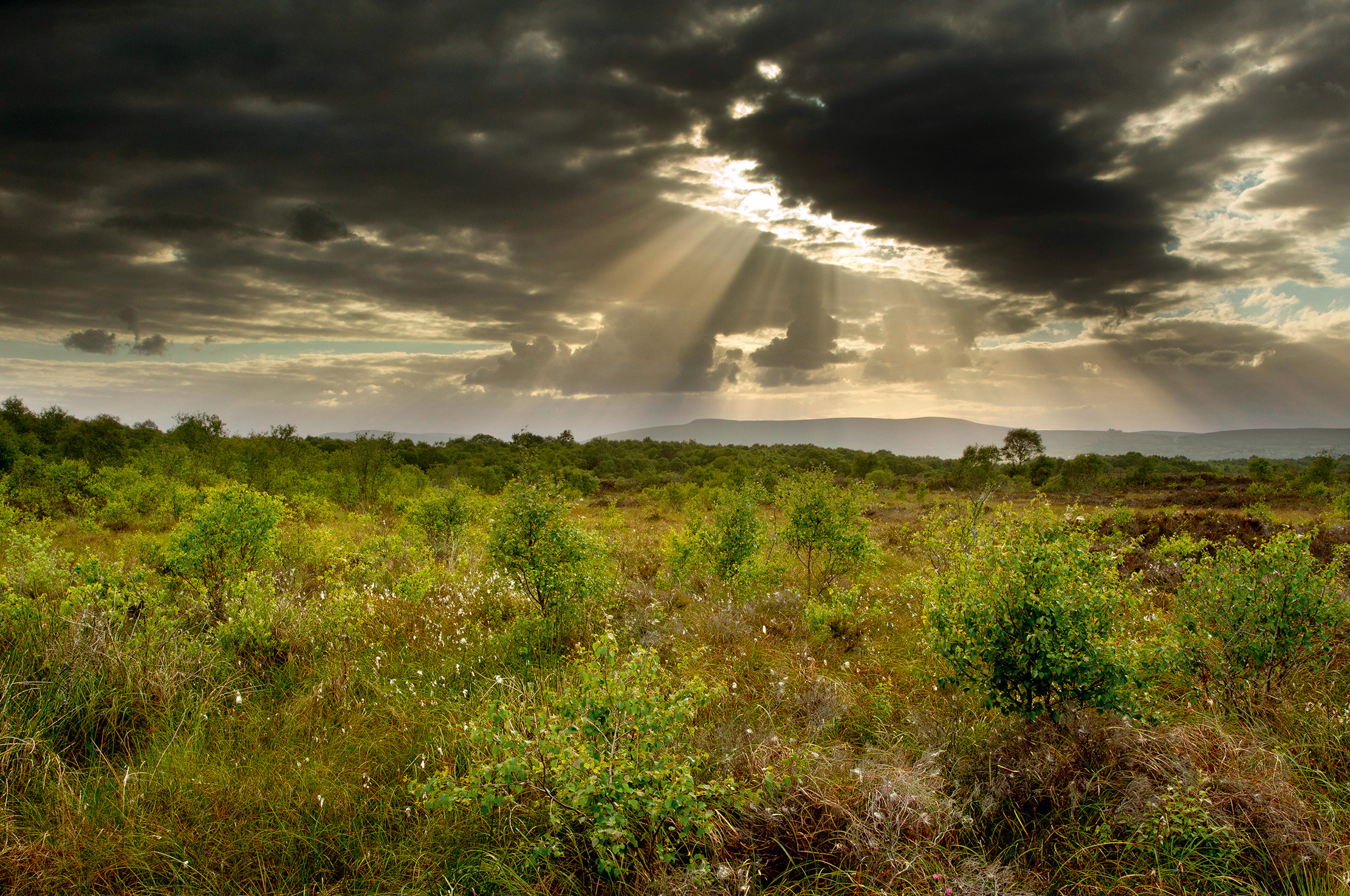
In the reign of Henry VIII, a new word became established in our language. The English adapted it from bogach, ‘the soft one’, the term for sodden peatland in both Scottish Gaelic and Irish. The new word was, of course, ‘bog’. Within a few decades, it supplanted what, for more than 600 years, had been England’s standard name for both the peaty habitat and the plant that gave rise to it: ‘moss’.
That moss was, and still is, springy, sponge-like Sphagnum. Britain is home to 34 Sphagnum species, an impressive 10% of the world total for this genus; of these, five are especially important in making and maintaining our peatlands. Often, bogs are composed of several Sphagnum species, each with distinctive characteristics that fit it to a particular spot or niche, such as a peak or a hollow. Collectively, these communities of cousins become capable of wonders, transforming vast, acidic and saturated barrens into the shin-high equivalents of rainforest, and ensuring their perpetuity.
What, eventually, makes a peat bog of a moss patch is the development of two strata. Between 6in and 20in deep, the upper stratum is known as the acrotelm (‘high bog’). It is composed of mosses and other plants and builds up as they grow; in other words, this layer is new and alive at its surface and progressively old and moribund at deeper levels.
Beneath it lies the catotelm (‘down-below bog’), the lower stratum, in which decaying material from the oldest level of the acrotelm is cured in waterlogged and anaerobic conditions before being compressed and converted into seams of peat. In numerous British boglands, the catotelm is at least 30ft deep. In theory, it could be fathomless.
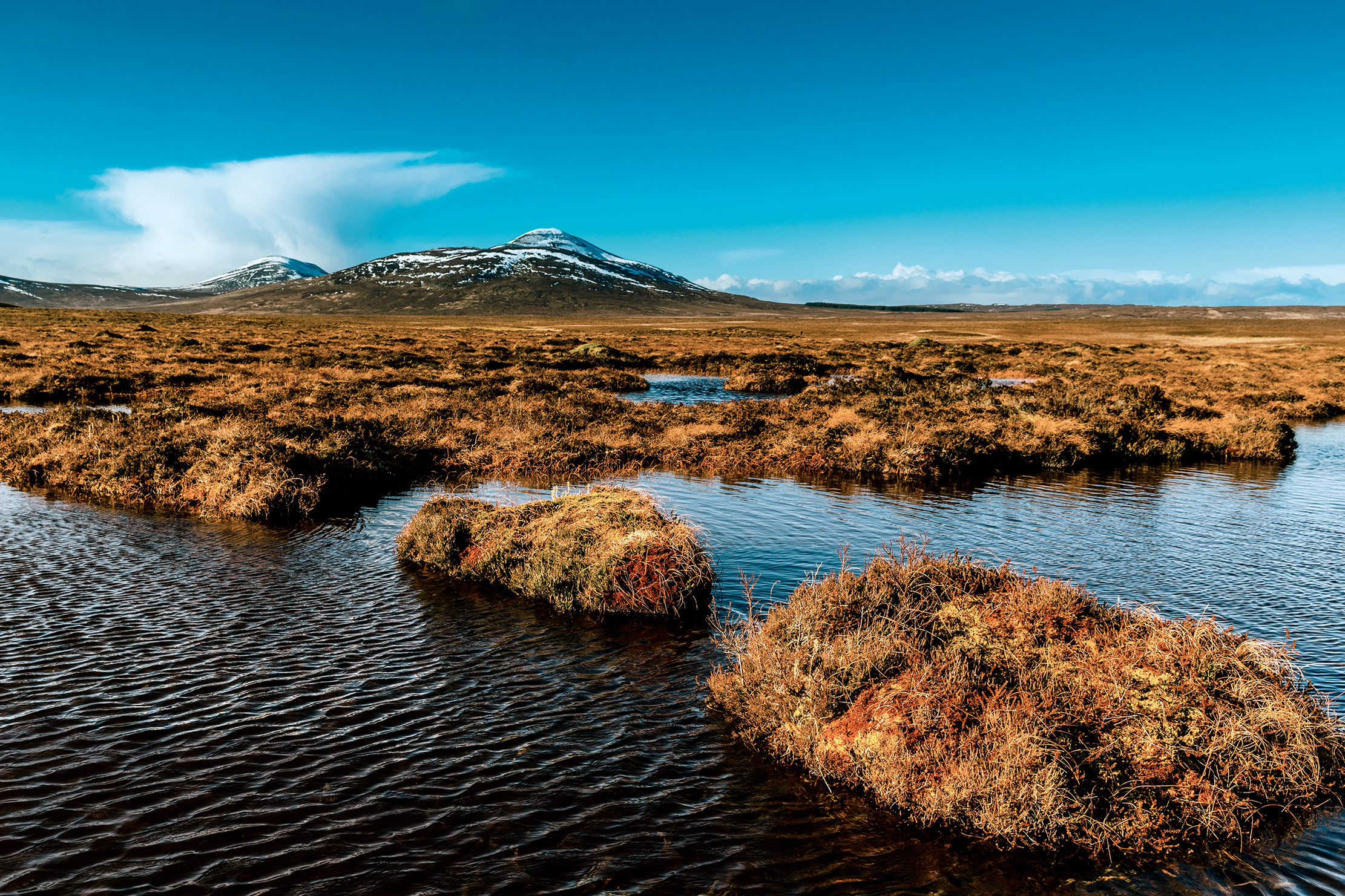
In the world league of bog-blessed nations, ours ranks among the top 10. With fens excluded, Britain’s active bogs amount to about 8,880 square miles — or 9.5% of the entire UK land area. Include drained and degraded bogs and that figure rises to between 17,760 and 29,730 square miles or 9%-15% of Europe’s total peatland area. Thanks to our climate and wide range of latitudes and landscapes, Britain is remarkably rich in bogs of different kinds.
Some are highly unusual. Matley Bog in the New Forest would be uncommon enough purely by virtue of being a woodland bog. But it is balmy as well as bosky, unlike many European habitats of this kind, which tend to be frigidly boreal in temperament. As such, it is a sanctuary for southern rarities and strangers such as Formica candida, the wonderfully named shining bog ant.
Far more frequent, but still lost worlds of sorts, are the isolated and gently, but noticeably, elevated peatlands known as raised bogs. These occur in low-lying wet locations when Sphagnum finds a spot to its liking with a reliable rain supply. As the moss flourishes, the peat it deposits builds up beneath and lifts the bog, like a shallow dome, above the surrounding land. Outstanding examples include two National Nature Reserves: Fenn’s, Whixall and Bettisfield Mosses, on the Welsh/Shropshire border south-east of Wrexham; and Flanders Moss in west Stirlingshire, the largest unspoilt raised bog in Europe.
Exquisite houses, the beauty of Nature, and how to get the most from your life, straight to your inbox.
The most widespread kind of all is blanket bog. This develops over extensive areas, covering the terrain with a mantle of peat. It can form wherever conditions favour Sphagnum, steep and rocky ground included, if sufficiently rain-lashed or spring-fed.
In such exposed sites, erosion and desiccation sometimes cause the peat to become riven with gullies known as hags: despite its expansiveness, blanket bog is a vulnerable habitat and one of the planet’s rarest. About 13% of the global total is found in the UK.

This was the ecosystem that endowed English moorland’s sublimely stark character. It is Scotland, however, that boasts the greatest blanket bog in Europe, perhaps in the world, the hauntingly beautiful 494,210 acres of Caithness and Sutherland known as the Flow Country — ‘flow’ being a dialect term for marsh that is mantled with molten-seeming moss.
Many of these bogs are at least 10,000 years old. Although the processes that create them are dynamic and ceaseless, they operate at subglacial speed, producing the appearance of stasis. Endlessly self-renewing, but essentially staying the same, their mosses would make a minor of Methuselah and a sapling of the most aged bristlecone pine. From pollen blown on a prehistoric breeze to the thrice-murdered Lindow Man, whatever or whoever the Sphagnum sponge absorbs is preserved by the peat in a vault that’s older than England.
Among its contents, trunks and boughs of black bog oak gave rise to the belief that peatlands formed in the Middle Ages where forests were felled or burned (hence, it was presumed, the timber’s colour). In the 19th century, this notion was often prayed in aid to give a bog a bad name and so justify despoiling it. Since then, science has shown that these trees fell thousands of years before, from natural causes, and were pickled black by the peatbed’s tannins.

Above this underworld, the acrotelm is a matrix of indomitable life. Whether it’s fresh and green or becoming peat, Sphagnum is a scanty substrate. Numerous higher plants that colonise it have developed strategies for supplementing their diet and none more impressively than sundews and butterworts, which trap and digest animal prey. The most bewitching constituents of our bogland flora, these carnivores bring home the habitat’s strange richness and the intricacy of the adaptions that some plants need to flourish in it. Another such nutritive strategy, symbiosis with fungi, enables bog and marsh orchids (Hammarbya and Dactylorhiza) to feast upon the famished moss and peat.
Members of the heather family thrive in these nitrogen-poor, acid conditions, among them, bilberry, bog rosemary, cranberry, cross-leaved heath and labrador tea. Higher ground is home to the diminutive bramble known as cloudberry and to the exquisite grass of Parnassus. Wetter tracts abound in clumps of golden bog asphodel, blush carpets of bog pimpernel and stands of the aromatic shrub bog myrtle or sweet gale, source of that bog-rambler’s essential, midge-repellent oil. In permanent pools, marsh St John’s wort and bogbean spread across the water from the margins, as the yellow flowers of bladderwort (a free-floating carnivore) break the centre’s sepia surface.

Throughout, sedges, rushes and moor grass stand in sporadic tussocks. Slighter, but far more prolific than these are the slender tufts of cotton grass. In some bogs, this sedge ally is the most abundant plant after Sphagnum. With its drifts of silken white flowerheads, it is also the most enchanting.
To humans, bog often seems inhospitable; not so to other animals. In this vast domain of diminutive flora, fauna finds sanctuary equal to many a forest’s. During a silent vigil by a moss-edged pool, it’s not uncommon to see such rarities as water voles, northern emerald dragonflies and raft spiders. Ranging from sociable waders to Olympian raptors, the peatland’s parliament of fowls includes golden plovers, greenshanks, hen harriers and short-eared owls.
In expanses of unspoilt bog, all of these birds have vital resources that are fast disappearing elsewhere. Closer still is the relationship between invertebrates and this habitat. Some are found nowhere else, as their English names declare: bog bush cricket, bog hoverfly, mire pill beetle and, let’s not forget, the New Forest’s shining bog ant.

Since early childhood, I’ve thought bogs the richest and most fascinating of all Britain’s natural habitats. Yet, historically, they’re the most despised and misprized by far. At first, it was mostly badmouthing. Bog was Godforsaken wasteland full of dangers. A man could catch his death from the foul miasmas, if the quagmire didn’t catch him first.
Next, it was decided something ought to be done with this whole lot of nothing. Peatland was cut for fuel, denatured by over-zealous burning and overgrazing, and ditched and drained to make it fit for farming and building.
Finally, it suffered commercial forestry’s crushing invasion and the obscene vanity that is peat production, in which a unique habitat, millennia in the making, is flensed like a whale and its innards strewn over gardens.
By 2010, more than 80% of our peatlands was damaged. Of 5.7 million acres of blanket and raised bog, about 4.4 million acres was degraded and less than 20% of blanket bog was in good condition. The majority of UK peatlands could no longer form peat, having been eroded (16%), afforested (10%), subjected to peat-cutting (11%) or converted to agriculture (40%). Not far off, I could see the day when a majority of Britons would think that ‘bog’ was merely mild lavatorial slang.
Then, miraculously, politicians and the public seized on the fact that, of all ecosystems, bogs are by far the best at sequestering CO2. Healthy peatlands can remove carbon from the atmosphere at an annual rate of 30 to 70 tons per square kilometre. Such habitats form the UK’s most important carbon store; combined, they contain 3.2 billion tons of carbon, about 20 times more than our forests.
They must, however, have a thriving acrotelm to do the sequestering and a wet and intact catotelm to do the storing. Dry, severely degraded or dead peatlands release CO2, becoming a large part of the problem.
Some damage continues. At least 18,500 acres of UK habitats are being plundered for horticultural peat, yielding a million cubic metres yearly. There’s burning in some boglands and tree-planting in others. But conservation and restoration programmes run by various agencies are more successful than could ever have been hoped and now, thanks to climate change, support is surging.
With the environmental crisis seeming to generate only hot air, we need a practical national project that we know we could pull off. What could be better than saving Britain’s bogs?
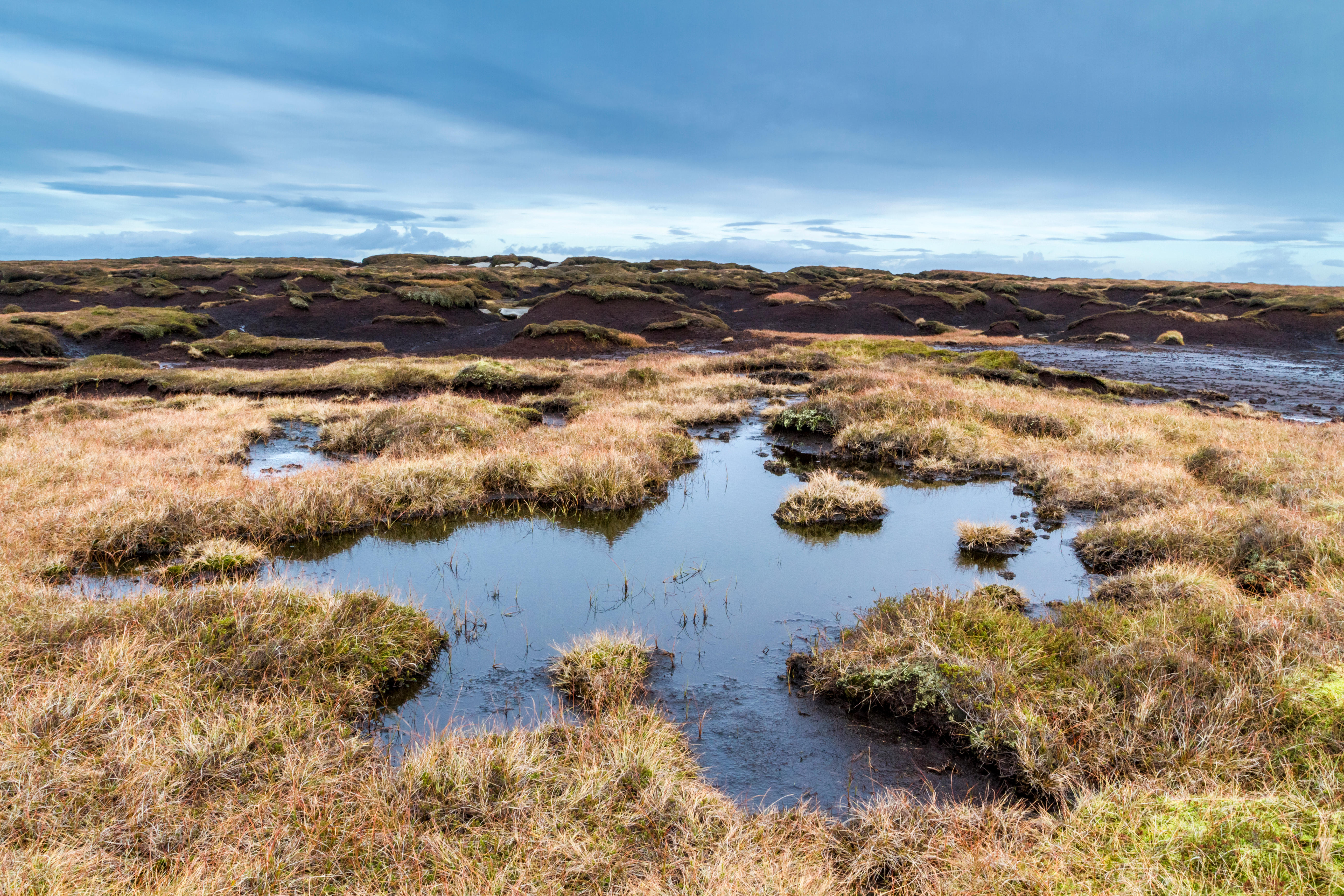
Peat takes millennia to generate, and bogs store 10 times more carbon than forests — using it in gardening is madness
Mark Griffiths explains exactly why the continued practice of cutting peat from bogs for use in horticulture must be stopped.
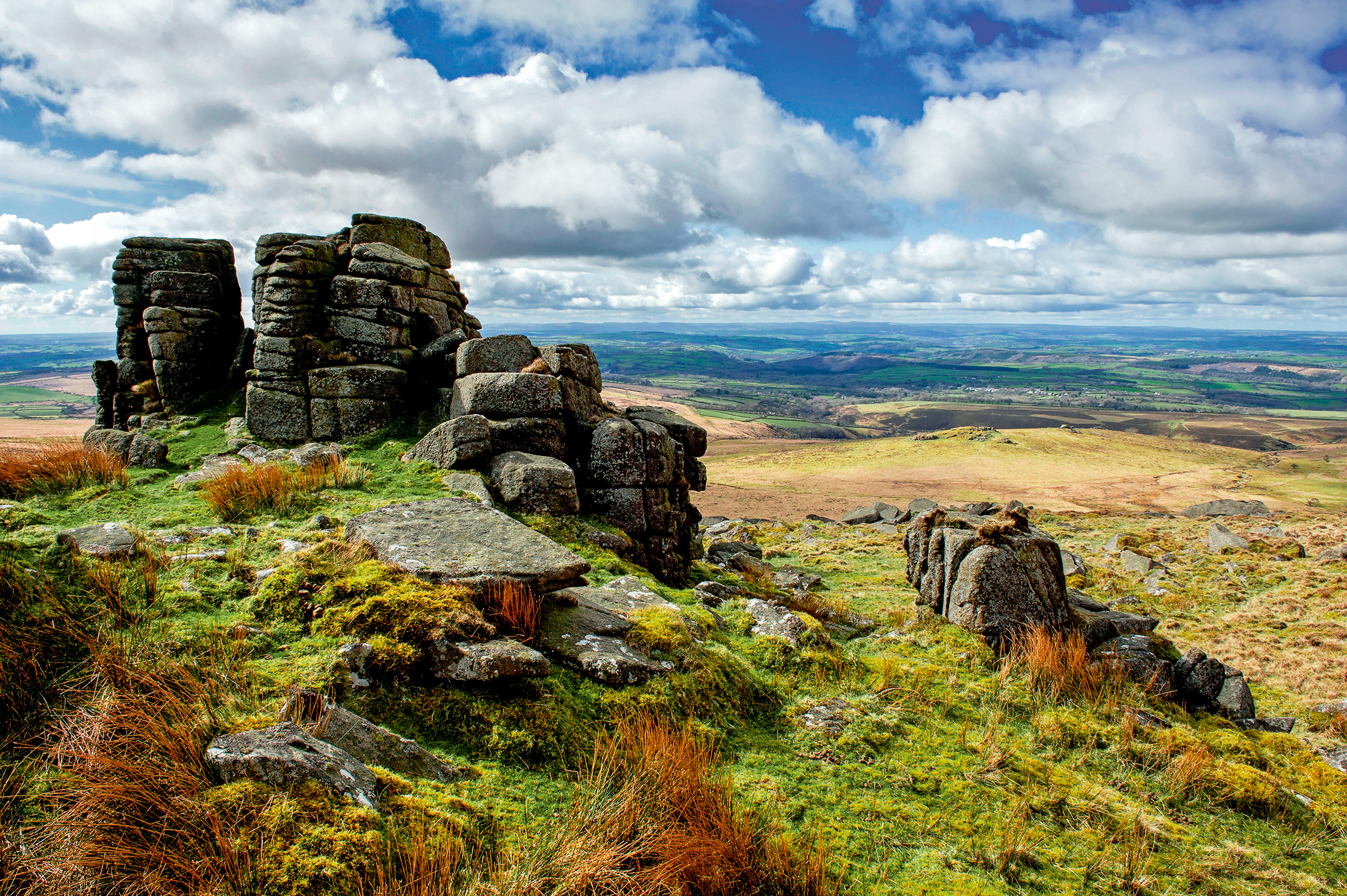
'Unleashed, mad and dangerous': How Britain's wild, romantic moorland is our 'signature habitat', inspiring everything from Beowulf to The Hound of the Baskervilles
Mark Griffiths examines our ancient fear and fascination with ecologically invaluable moorland, of which we have more than any other
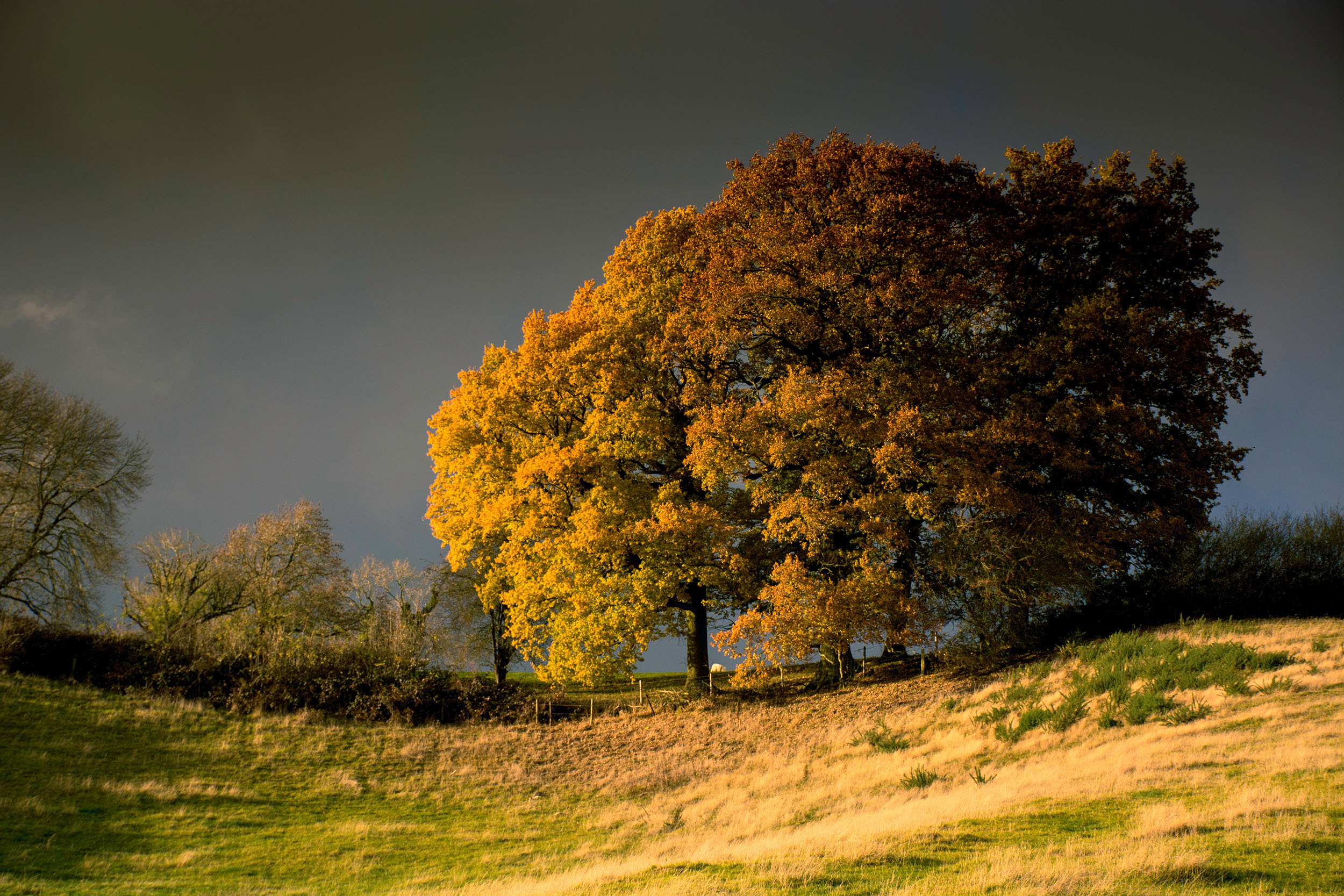
Credit: Alamy
The life of the oak tree collector: 'You soon see there’s only one sensible course of action: collect the lot'
For tree-loving landowners who want to leave their mark, nothing beats planting your own quercetum. Mark Griffiths celebrates the mighty